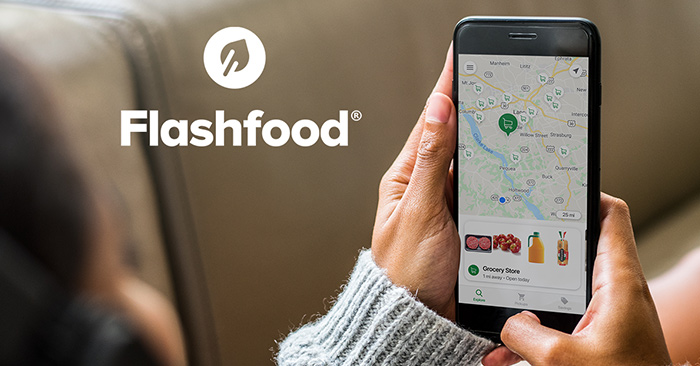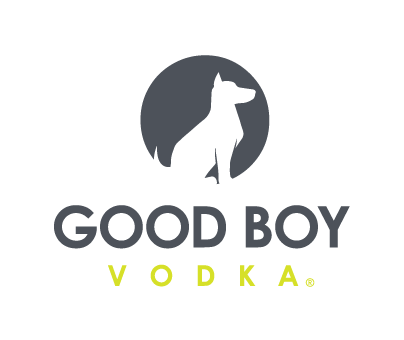Flashfood App Aims To Close Food Waste Gap For Retailers, Consumers

Unlike other businesses in the grocery space, inflation has been a boon to food waste reduction app Flashfood.
Launched in Toronto in 2016, the grocery shopping app pairs retailers looking to offload food that might be thrown out with shoppers who are looking for a discount. The approach appears to be working: Flashfood is currently in use in over 1,200 locations in the U.S. and Canada, and has almost doubled its business in the first six months of 2022, founder and CEO Josh Domingues told NOSH.
“[The business model] is incredibly lucrative to the retailer. It’s low cost, it pays itself off in a matter of about 60 days and then it’s just found money moving forward,” he said.
Shoppers use the app on their phones to shop and pay for the food products that are nearing their sell-by date, either in advance or at the stores themselves. Then they can select the items they’ve purchased from dedicated Flashfood fridges and shelves, before finally checking their order with a store associate.
The model is unique to the grocery industry in that all parties involved benefit. “It’s win- win- win- win.” Domingues said.
Retailers save money on product shrink (the value of inventory that a store owns but cannot sell) and waste management costs while creating revenue from items that would normally be a loss. Customers save on average 50% by shopping on the Flashfood app while helping to reduce the environmental impact of unsold food that ends up in landfills.
Flashfood is similar to a European food waste app Too Good To Go that offers “surprise bags” of unsold food from local businesses and restaurants and sells them at a discount through the mobile platform.
Across a mix of rural and urban geographies, the app’s top shopper segments tend to be young families with kids and seniors on fixed budgets, Domingues said.
The app has partnerships with Stop & Shop, Price Rite Marketplace, Tops Friendly Markets, Family Fare, Martin’s Super Markets, Food Lion, Vallarta among others in a diverse mix of regions throughout North America. Most recently, after a successful pilot program in the Giant Eagle retail chain, the company announced it would be available in all 173 Ohio and Pennsylvania stores by the end of October.
The app is already partnered with Loblaw Companies, Canada’s largest grocery retailer, and Domingues is confident that it’s just a matter of time before it scales nationally with a major U.S. chain like Walmart or Target.
Domingues wouldn’t comment on how much Flashfood makes on every purchase but he did say it is a revenue sharing model, meaning the mobile marketplace app only makes money when the retailer makes money. According to Flashfood, the average shopper spends about $15 on each purchase and retailers are selling between 75% and 80% of all groceries they list on the app.
“About 25% of those shoppers are net new shoppers to the store. And even some of our existing shoppers were driving roughly one additional trip per week,” he said. “It becomes almost like a treasure hunt for people using Flashfood.”
In February, the company added Chuck Templeton, founder of OpenTable, to its board as it closed a $12.3 million Series A funding round led by S2G Ventures, where Templeton is a managing director. The investment went into scaling Flashfood’s team, infrastructure and security to make sure the platform works smoothly for its grocery partners.
But for Domingues, operating a successful business is only part of his goal. Fighting food waste is equally as important to the business. So far, the company claims to have diverted over 45 million pounds of waste from landfills while providing an affordable way to feed people.
“Whether it’s a store-level employee or a CEO, nobody wants to toss away good food,” he said.

















